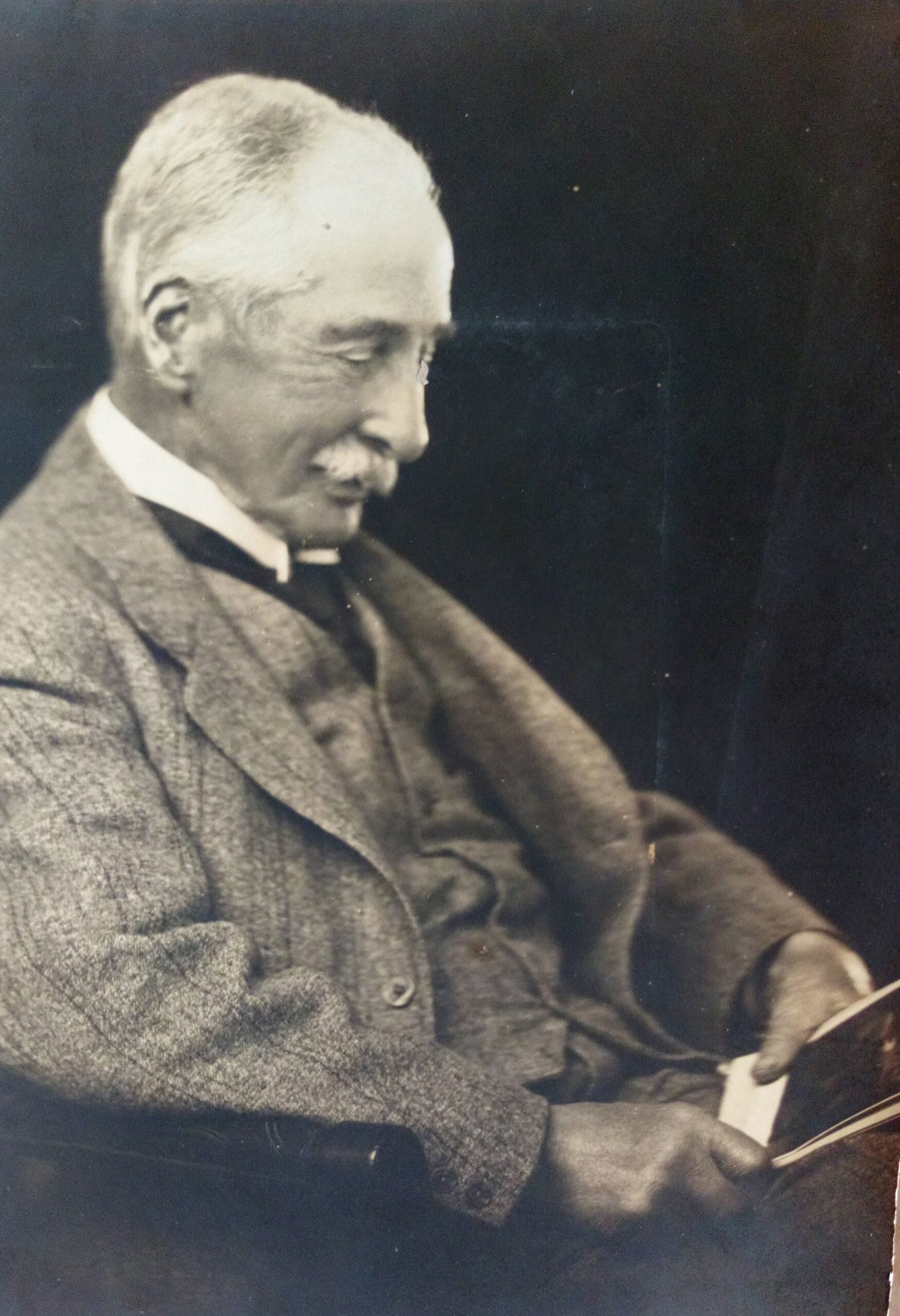George William Smith was the doyen of local architects and Government Surveyors, and a senior partner in the well-known firm of Smith Sons and Dewar.
Main picture: George William Smith
This is the obituary published in the Port Elizabeth Advertiser on the 23rd September 1931:
As mentioned in our last issues, the death occurred at his residence in Pearson Street on Friday evening of George William Smith, doyen of local architects and Government Surveyors, and a senior partner in the well known firm of Smith Sons and Dewar. We were just about to go to Press when we received the news, which fact precluded more than the briefest reference then, but we are now enabled to publish more details concerning the career of our old and much respected fellow townsman, which will prove of no little interest.
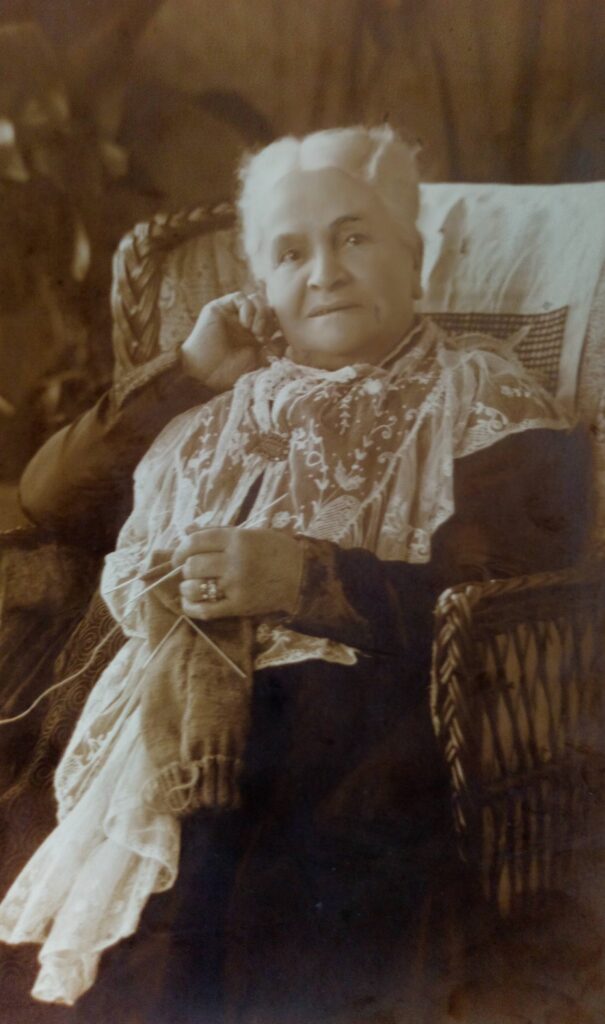
The oldest son of William Smith, a chemist of Glasgow, the deceased was born in the year 1838. He was indentured to Wm. Robertson, Civil and Mining Engineer of St. Vincent Street, Glasgow in 1853 for five years, completing his articles to the satisfaction of his master – the last 3 years he was Assistant Engineer to the Caledonian Railway, on the Hamilton Branch.
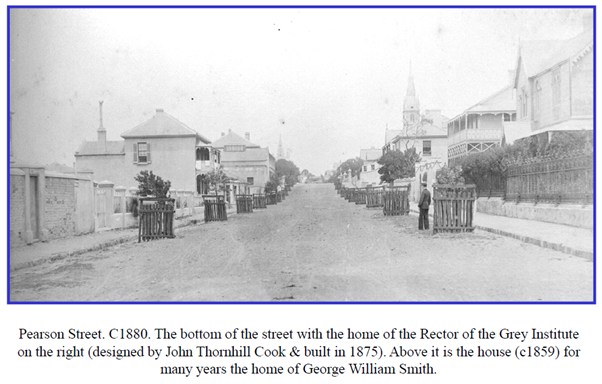
On completion of his articles, he set sail for South Africa in 1858 to fill an appointment on the Cape Town-Wellington Railway, and as there was under T. Merchant and latterly Marcus Smith as Assistant Engineer. While thus occupied, he studied for his Land Surveyors Licence, achieving same in 1862. His railway work included surveys of the P.E.-Grahamstown line, and he was thus brought into contact with the late R. Pinchin who recognised a kindred spirit and who claimed him as a partner as soon as he qualified as a Land Surveyor.
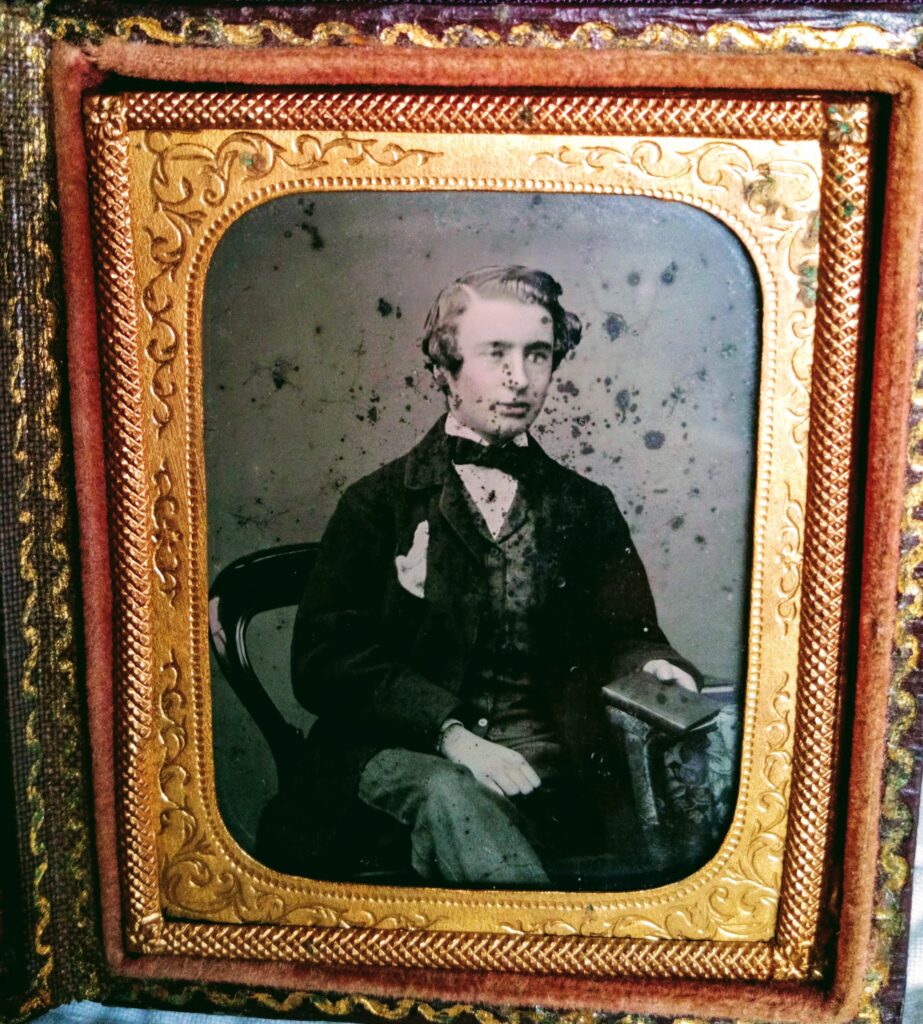
At that date, 1862, a wave of expansion swept Port Elizabeth, and neighbourhood. St. George’s Park lands and Sydenham were laid out as Russell Road lands and the greater portion of the Grey School lands and Hospital lands in various parts of the town. His travels took him as far as Natal where he qualified as a Land Surveyor of that Colony. He also acted as Town Engineer and Municipal Surveyor to Port Elizabeth to the year 1868, as a warm letter of appreciation from the Mayor, John Miller testifies.
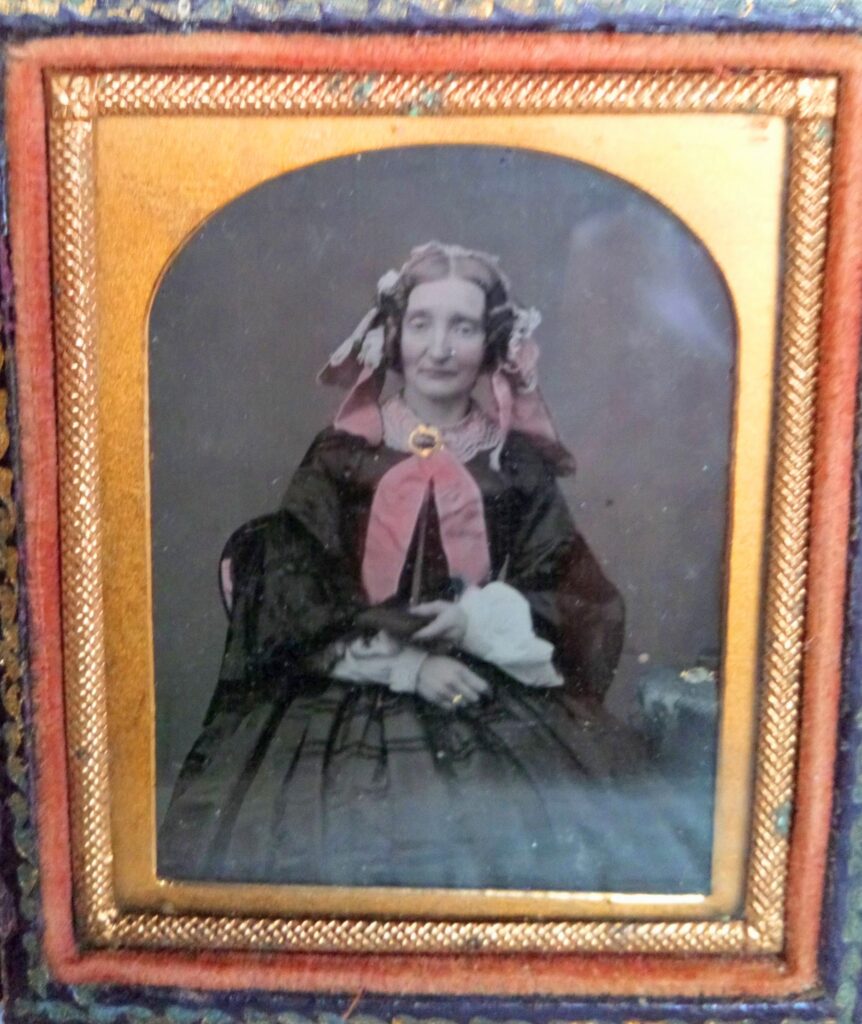
During the latter part of the sixties, depression was apparent throughout the Colony and as there was no longer room for two in Port Elizabeth, as Junior, he decided to seek occupation elsewhere leaving for Australia in the year 1868, he obtained the position of Professional Assistant in the Surveyor-General’s office, incidentally obtaining his certificate to practice in the Colony of Victoria.
The prospects of the Victorian Civil Service and the opportunities of private practice in Australia did not hold out sufficient inducements to him to remain. So after two years in the Surveyor-General’s office and the Public Works Department, he decided to return to Scotland where he became a colliery manager to the Shotts Iron Co. of Glasgow. His old master, Robertson, however approached him with a partnership which was consummated and a period of great activity and hard work followed – railway construction in Scotland and extensive mining work in that country and as well as in Canada, United States, Spain, Italy and Sardinia.
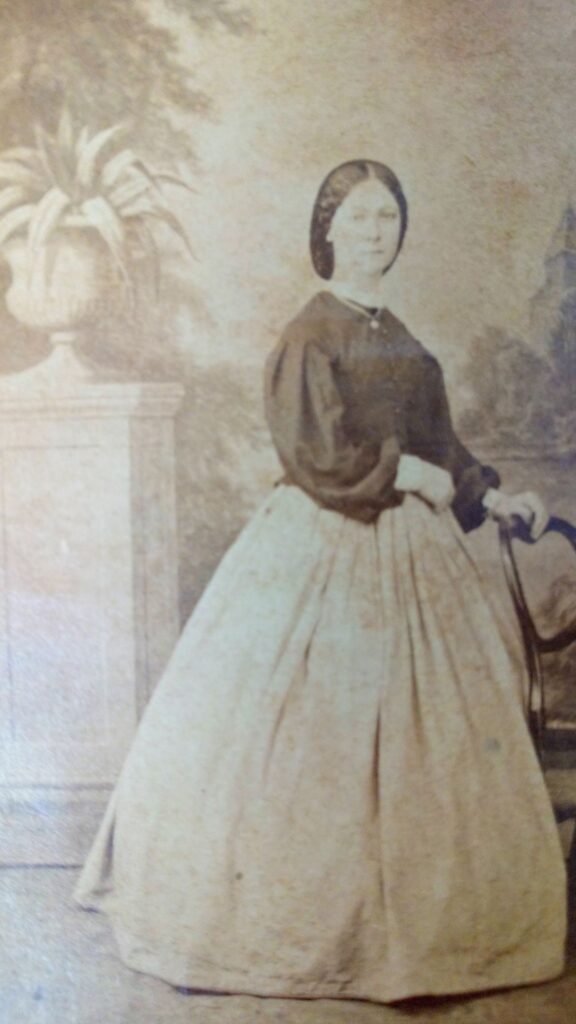
The call of South frica was, however, always present and became insistent when his old partner in South Africa, R Pinchin wrote in 1880 asking hi to return and take things over as he (R Pinchin) had more than sufficient competence and wished only for an easier time. So 1881 saw the deceased back in Port Elizabeth once more as partner with an old friend where he had led a very full life since in practice alone with Mr. W. Dewar and subsequently, with his two sons and the present firm of Smith, Sons and Dewar. He and his partner Mr Pinchin were the original exponents of Van Stadens Waterworks, and he carried out the preliminary investigations of the Sand and Bulk River scheme in company with Messrs McEwan and Braine.
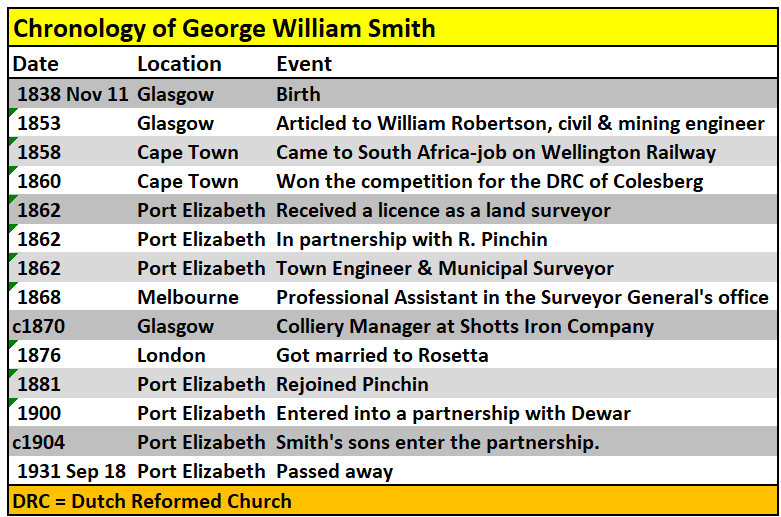
In the early days of Barberton and the Rand he was much in demand where a true report as to the value and method of commencing operations was required and it was then that he obtained his certificate to practice in the Republic. This is signed by President Kruger and the Secretary of State, Dr. Bok. In those days money was scarce in the Republic, the Surveyor General explaining that he had to accept half his salary in gunpowder.
The Knysna goldfields were also in evidence about the same time and he was closely associated with the late Jas. Brister and Sir Donald Currie in their development.
With regard to the peculiar chain of salt lakes to the north of Port Elizabeth, he always had a feeling that mineral wealth underlay these – possibly mineral oil and when he was able to devote the time, he interested other citizens of this town in tis phenomenon with the result that he journeyed to Galicia in Austria and engaged skilled men and obtained plant to test his theories. The drillers confirmed his hopes but were only able to drill to 3,600 feet without striking bedrock leaving the Zwartkops hot springs as the result of their efforts. Perhaps some day local interests will pursue the search further.
Sometime in his career he was on railway construction work in India, possibly after leaving Australia but his stay there was not of long duration. The only point is that in his commendation for the post by his late Master in Glasgow, stress is laid on his wonderful vitality and his capabilities
The above is a brief outline of a long life summed up in the words of an early testimonial as “a gentleman of strict integrity, sound judgement and thoroughly reliable.”
Extract from Artefacts.co.za
The eldest son of W Smith, a chemist of Glasgow, Scotland, GW Smith was articled to William Robertson, civil and mining engineer, Glasgow, for five years from 1853. For the last three years of his articles he worked as an assistant engineer with the Caledonian Railway, Hamilton branch. Smith came to South Africa in 1858 in order, according to his obituary in the Port Elizabeth Advertiser (23 Sep 1931, quoted in Looking Back (no. 16 (1) Mar 1976:7-8) ‘to fill an appointment on the Cape Town – Wellington Railway, under T Merchant and latterly Marcus Smith, as assistant engineer’. In 1860 he won the competition for the Dutch Reformed Church building at Colesberg. His Latin Cross plan was rejected by the committee, in favour of the central plan design by the second prize-winners, WELCHMAN & READ. Smith’s address at the time of the competition was in Port Elizabeth. In 1862 Smith received his licence as a land surveyor and it seems that he then assisted in laying out areas of Port Elizabeth in the 1862 expansion of the town. At the time he was in partnership with R PINCHIN (cf PINCHIN & SMITH), seemingly from when he received his surveyor’s licence. He also acted as a land surveyor in Natal, qualifying as a land surveyor of Natal Colony. He served as town engineer and municipal surveyor, Port Elizabeth, until 1868 when the Cape Colony suffered a depression and jobs were scarce.
i
Smith left for Australia in 1868 where he worked as ‘Professional Assistant in the Surveyor-General’s office in Melbourne, incidentally obtaining his certificate to practice in the Colony of Victoria’ (Looking Back Mar 1976:7-8). He remained two years in Australia before he returned to Britain where he was made colliery manager to the Shotts Iron Company in Glasgow and entered into partnership with W Robertson to whom he had formerly been articled; the firm flourished and Smith worked on railway construction in Britain, Canada, the United States, Spain, Italy and India. He married in London in 1876, his two sons being born within the next three years.
In 1880 Pinchin invited Smith to rejoin him in Port Elizabeth where there was now more than enough work, to which Smith agreed, returning to Port Elizabeth in 1881, practising as Pinchin & Smith until Pinchin’s death in 1883, or 1888. In 1882 Smith submitted a design in the competition for Durban’s first town hall under the pseudonym Ex non commodum (Martin 1980:137). Shortly after his return to Port Elizabeth he was involved in preparing geological reports for entrepreneurs interested in a gold strike at Millwood, near Knysna, and was also connected with surveying Rand gold mines. In 1904 he entered into partnership with W DEWAR (cf SMITH & DEWAR). Smith’s sons, GO SMITH and HB SMITH, joined their father’s practice in Port Elizabeth around 1904 (cf. SMITH, SONS & DEWAR) Smith lived in Pearson St, Port Elizabeth and died in the city. The well-known architect WJ McWILLIAMS trained in SMITH’s office in 1890s.
Sources
Photo of Mr & Mrs Smith supplied by Smith family
Photo of house in Pearson Street from Hills Covered with Cottages by Margaret Harradine

